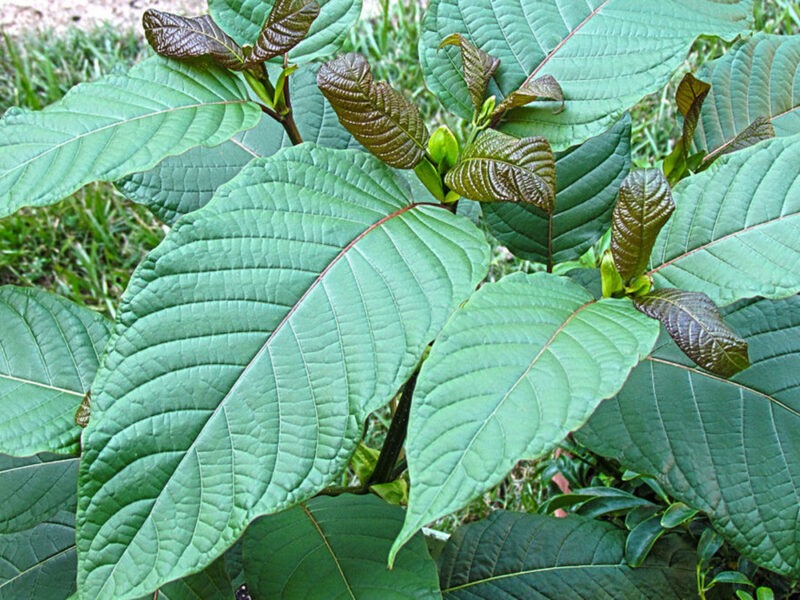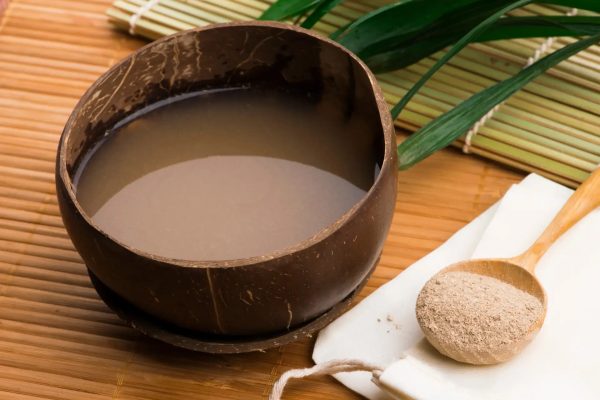Kratom (Mitragyna speciosa), a tropical evergreen tree native to Southeast Asia, has gained global attention for its natural alkaloids and therapeutic potential. While most discussions focus on the leaves of the kratom plant, some are turning their attention to the roots—raising the question: What’s the real difference between kratom roots and kratom leaves? In this detailed guide, we break down the key distinctions, uses, benefits, and concerns associated with both plant parts to help you understand their individual values and how they fit into the wider kratom landscape.
What Are Kratom Leaves? The Core of Traditional Use
Kratom leaves are the primary source of kratom powder, capsules, and teas. For centuries, farmers and local communities in Thailand, Indonesia, and Malaysia have chewed or brewed the leaves for their stimulating or sedating properties, depending on dosage.
Alkaloid Profile of Kratom Leaves
Kratom leaves contain over 40 active alkaloids, but two dominate:
-
Mitragynine – the most abundant alkaloid, known for its stimulating and analgesic effects.
-
7-Hydroxymitragynine – a minor alkaloid with potent opioid-like properties, offering pain relief and sedation.
Other key alkaloids in kratom leaves include:
-
Speciogynine
-
Paynantheine
-
Speciociliatine
These compounds contribute to muscle relaxation, mood enhancement, and cognitive clarity, making kratom leaves the foundation of nearly all kratom-based products on the market today.
What Are Kratom Roots? A Lesser-Known Component
Kratom roots are rarely harvested in commercial kratom production. Found underground, these woody structures anchor the plant and absorb nutrients from the soil. However, some alternative medicine circles claim kratom roots may hold unique alkaloids or compounds not present in the leaves.
Do Kratom Roots Contain Alkaloids?
Unlike the leaves, kratom roots do not contain high concentrations of mitragynine or 7-hydroxymitragynine. Preliminary phytochemical analyses suggest that the roots may have minimal to no psychoactive alkaloids. Instead, roots may contain:
-
Tannins
-
Phenolic compounds
-
Flavonoids
-
Fibrous materials
These components may provide antioxidant and anti-inflammatory effects, but they do not contribute to the traditional kratom experience that consumers seek in powdered or encapsulated form.
Harvesting and Sustainability: Leaves vs. Roots
Kratom leaves are harvested without killing the plant, allowing farmers to collect multiple yields annually. This sustainable harvesting ensures ongoing production while preserving the ecosystem.
In contrast, harvesting kratom roots is destructive. Uprooting the plant leads to its permanent death, which:
-
Reduces biodiversity
-
Disrupts ecosystems
-
Undermines sustainable farming practices
From an environmental standpoint, leaf harvesting is vastly superior.
Health Benefits Comparison: What Science Tells Us
Benefits of Kratom Leaves
-
Pain Relief: Effective in managing chronic pain conditions like arthritis or fibromyalgia.
-
Energy & Focus: Low doses produce mild stimulation, helping with productivity and mental clarity.
-
Anxiety & Depression Relief: Many users report reduced anxiety, improved mood, and enhanced sociability.
-
Opioid Withdrawal Support: Some use kratom as a natural alternative to opioids, easing symptoms of withdrawal.
Potential Benefits of Kratom Roots
-
Antioxidant Support: Roots may contain compounds that reduce oxidative stress.
-
Digestive Aid: Traditionally used in some local medicine systems to promote gut health.
-
Anti-inflammatory Action: Certain plant materials in roots may offer general anti-inflammatory benefits.
However, there is no clinical evidence confirming the effectiveness of kratom roots in humans. Most benefits are anecdotal and not widely studied.
Side Effects and Risks: A Cautionary Comparison
Side Effects of Kratom Leaves
-
Nausea
-
Constipation
-
Dizziness
-
Dependence with prolonged use
-
Liver toxicity in rare cases
Risks of Kratom Roots
-
Unknown chemical composition
-
No standardized dosing
-
Possible soil contamination
-
Unregulated extraction methods
Because kratom roots are not well-studied or regulated, they may pose unknown health risks, especially when used improperly or in combination with other substances.
Traditional Use vs. Modern Applications
In Southeast Asia, kratom leaves are traditionally chewed fresh or brewed into tea for:
-
Enhancing stamina during long workdays
-
Relieving pain after physical labor
-
Improving mood and social interactions
Kratom roots, on the other hand, have limited historical or modern medicinal usage. Some tribal groups may have used them as emergency remedies or for digestive purposes, but they were never the primary focus of traditional kratom practices.
Market Availability and Consumer Demand
Nearly all kratom products—powders, capsules, extracts—are made from the leaves, not the roots. This is due to:
-
Higher alkaloid content
-
Consistent potency
-
Established consumer trust
-
Sustainable sourcing
Kratom roots are not commercially available in mainstream markets due to:
-
Lack of psychoactive effects
-
Unsustainable harvesting
-
Limited research and demand
If you come across a product labeled as “kratom root powder,” it’s wise to question its authenticity, effectiveness, and safety.
Should You Choose Kratom Roots or Leaves?
For anyone seeking the well-documented benefits of kratom, the leaves are the clear choice. Their rich alkaloid profile, combined with centuries of traditional use and modern research, make them safe, effective, and preferred.
Kratom roots, while intriguing, lack the scientific backing, alkaloid potency, and cultural validation to compete with the leaves. At best, they offer mild antioxidant effects, and at worst, they may present safety risks due to lack of standardization.
Final Thoughts: The Verdict on Kratom Roots vs. Leaves
When comparing kratom roots vs. kratom leaves, the answer becomes clear: kratom leaves are the gold standard. They are:
-
Rich in active compounds
-
Culturally validated
-
Sustainably harvested
-
Scientifically studied
Kratom roots, while occasionally mentioned in niche circles, lack sufficient alkaloids and real-world application to warrant serious consideration. If you’re looking to experience the benefits of kratom—whether for pain relief, focus, mood enhancement, or energy—stick with high-quality kratom leaf products from reputable sources.









